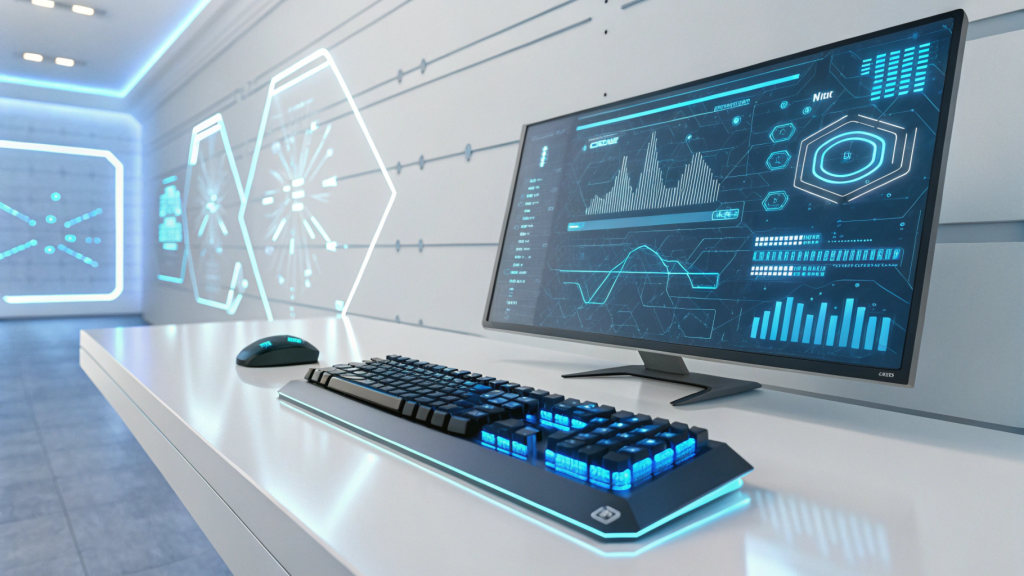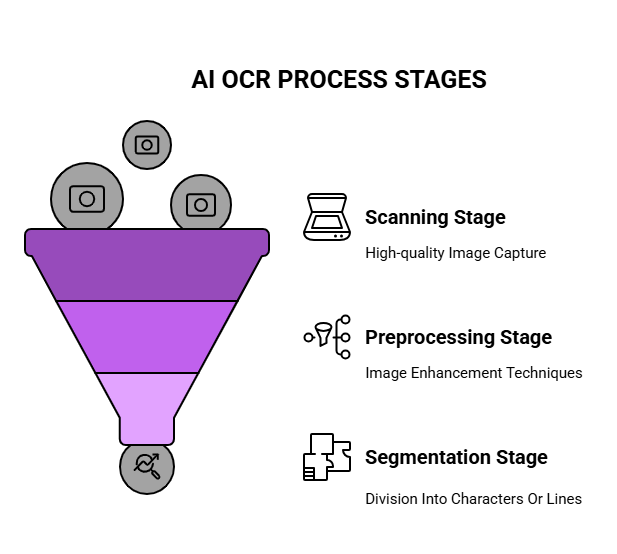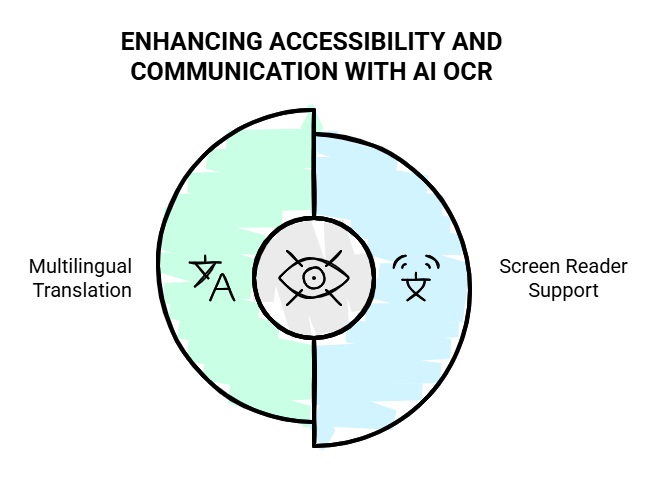
Hello, I am Kakeya, the representative of Scuti.
Our company specializes in services such as Offshore Development And Lab-type Development in Vietnam, as well as Generative AI Consulting. Recently, we have been fortunate to receive numerous requests for system development in collaboration with generative AI.
Even those with specialized knowledge of AI OCR and Generative AI may feel the need to delve deeper into these topics. In particular, there is a growing demand to understand the innovations that Generative AI brings to OCR technology through concrete examples and the challenges currently being faced. Traditional OCR technology has struggled with handwritten text and complex document layouts, but with the power of Generative AI, these challenges are being significantly improved.
In this article, we focus on the keyword “AI OCR – Generative AI” to explore the relationship between AI OCR and Generative AI, the evolution of these technologies, specific applications, and the challenges and prospects for the future.
The Evolution of OCR Technology: From the Past to the Present, and into the Future

If you want to learn more about AI OCR, be sure to check out this article first.
Related article: What is AI OCR? A Detailed Explanation of the Latest Technology and Industry Use Cases
The Dawn of OCR: The Birth and Development of Character Recognition
The origins of OCR technology date back to the late 19th century when attempts were made to develop machines capable of reading characters like humans. Early attempts included inventions such as telegraph machines and reading aids for the visually impaired. In 1914, Israeli physicist Emanuel Goldberg developed a machine that converted characters into telegraph codes. This machine aimed to improve communication efficiency by reading characters and converting them into telegraph codes.
Furthermore, in the 1920s, the world’s first electronic document retrieval system was developed, laying the foundation for OCR technology. These early advancements had a significant impact on the development of OCR, forming the basis of today’s advanced character recognition technologies. As a result, OCR has played a crucial role in assisting the visually impaired.
The Digital Era: The Evolution of OCR with Computers
With the emergence of digital computers in the mid-20th century, OCR technology saw significant progress. By the 1950s, OCR machines had been commercialized, and in 1954, Reader’s Digest introduced the world’s first OCR reading machine.
This machine converted sales reports typed on typewriters into punched cards for computers, greatly contributing to the automation of data entry and time efficiency. The first-generation OCR systems of the 1960s could only recognize limited character shapes using template matching techniques. In the early 1970s, the second-generation systems were developed, capable of recognizing both machine-printed and handwritten characters. The introduction of standardized OCR fonts, such as OCR-A and OCR-B, facilitated the widespread adoption of OCR across various industries.
This advancement enabled OCR technology to process a greater variety of characters and even handle low-quality documents. Furthermore, the development of commercial reading machines by Raymond Kurzweil improved access to printed materials for the visually impaired.
Modern AI OCR: Revolutionary Advancements with Deep Learning
Modern OCR technology has significantly evolved thanks to advances in hardware, software, and AI. AI OCR systems utilize optical scanners, cameras, and sophisticated AI algorithms to convert printed documents into digital text. With the progress of machine learning and deep learning, AI OCR can now recognize various fonts, handwritten text, and even multiple languages.
As a result, AI OCR has been integrated into a wide range of applications and is now a powerful tool that enhances business efficiency for companies and organizations. AI OCR technology has evolved beyond mere character recognition to understanding context and generating more natural text. This has made it an indispensable tool for many industries, enabling automation and improving productivity.
How AI OCR Works: The Process Of Converting Images To Text

AI OCR is a technology that utilizes machine learning and computer vision to extract text from images and documents. Unlike traditional OCR, which struggled with recognizing handwritten characters, AI OCR has significantly improved accuracy, making it possible to accurately interpret handwritten text. For example, when a handwritten note is captured using a smartphone, AI OCR analyzes the image and converts the handwritten text into digital text.
The AI OCR process can be broadly divided into several stages. First, in the scanning stage, a high-quality image of the document is captured. Next, during the preprocessing stage, various enhancements such as noise reduction, skew correction, and text-background separation are performed to improve image quality. In the segmentation stage, the image is divided into individual characters or text lines, making analysis easier.

In the feature extraction stage, deep learning models such as Convolutional Neural Networks (CNNs) are used to recognize character patterns and features. These models are trained on vast datasets containing various font types, handwriting styles, and multiple languages, enabling them to accurately identify even complex handwritten characters.
After text recognition, the system refines the output by correcting errors and improving the fluency and consistency of the text based on context. Ultimately, this process generates an accurate and readable digital text. Advanced AI OCR systems also have the ability to continuously learn and improve their accuracy with each use. This allows for the rapid and precise digitization of handwritten notes and printed documents.
AI OCR Applications: Use Cases Across Various Fields

Automating Data Entry: Achieving Efficiency and Cost Reduction
Many companies and organizations are leveraging AI OCR to automate data entry, significantly reducing both time and costs. AI OCR systems can flexibly handle complex layouts and various formats, making them ideal for tasks such as invoice processing and form entry.
For example, AI OCR can automatically read invoice data and integrate it into an accounting system, preventing manual entry errors and improving operational efficiency. This allows businesses to allocate resources to more strategic tasks, ultimately enhancing overall productivity.
Processing Handwritten Documents: Supporting the Visually Impaired and Multilingual Translation
AI OCR also plays a crucial role in screen reader applications designed to support the visually impaired. These applications use AI OCR to recognize handwritten and printed documents before converting the text into speech or Braille. Additionally, AI OCR facilitates multilingual document translation, aiding international communication.

A concrete example of AI OCR application is the translation feature in the Google Lens app. This app uses a smartphone camera to recognize and extract text from the surrounding environment and translates it into the language selected by the user. The extracted text can also be copied and used elsewhere, making it highly useful for travelers and professionals working in multilingual environments.
